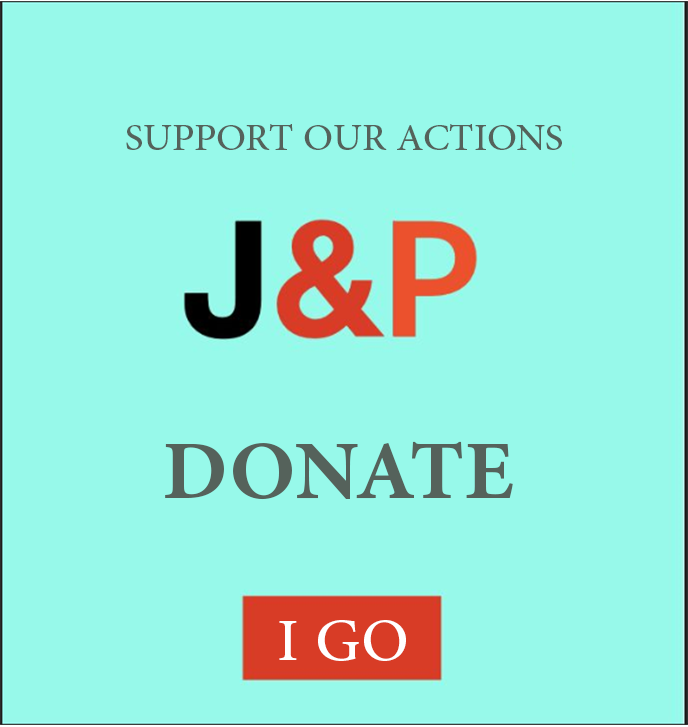An opportunity to strengthen the resilience of vulnerable communities
IN RECENT YEARS, WE HAVE SEEN RECORD-BREAKING TEMPERATURES, AND THE WORLD HAS EXPERIENCED UNPRECEDENTED CLIMATIC DISTURBANCES AND NATURAL DISASTERS. THESE PHENOMENA ARE FUELLING A GLOBAL HUNGER AND NUTRITION CRISIS, EXACERBATING EXISTING INEQUALITIES AND GENERATING PARTICULARLY SERIOUS REPERCUSSIONS FOR WOMEN, GIRLS AND MARGINALIZED COMMUNITIES...
The need to act in the face of climate change has never been clearer. In 2023, the climate crisis was one of the main causes of the sharp rise in world hunger. Climate shocks are destroying lives, crops and livelihoods, and undermining people's ability to feed themselves. Nearly three-quarters of the countries with the highest levels of undernutrition are also on the list of the 25 countries most vulnerable to climate disruption.
World leaders will be in Baku (Azerbaijan) for the United Nations Climate Change Conference (COP29) from November 11 to 22. As a humanitarian and development organization tackling both the causes and effects of hunger and undernutrition, we call on the political and economic leaders present at the conference to take action.As a humanitarian and development organization tackling both the causes and effects of hunger and undernutrition, we call on the political and economic leaders attending COP29 to take political and financial measures commensurate with the climate emergency, to ensure the sustainable transformation of food systems, and to promote the resilience of the most vulnerable populations.
What is the link between the climate crisis and world hunger?
The climate crisis takes many forms: rising temperatures, more frequent and severe droughts and floods, and the rapid deterioration in soil quality... These disruptions all have an impact on people's ability to access healthy and sufficient food. Crops are directly affected, increasing the incidence of agricultural diseases. The nutritional quality of harvests is altered, and the quantity of proteins or essential minerals such as zinc and iron in wheat and legumes diminishes. All this has a negative effect on nutritional security, and thus on children's long-term development and health. For example, higher temperatures are associated with reduced dietary diversity in children, and consequently higher rates of malnutrition.
Without immediate and effective action, the situation will worsen, putting up to 183 million more people at risk of starvation by 2050.
Who is most affected by the climate crisis and its consequences?
The climate crisis is not gender-neutral. It hits women, girls and marginalized populations hardest, exacerbating existing inequalities and threatening their health, safety and livelihoods.
Women, who are often responsible for providing food, water and fuel for their families, have less access to the natural resources they need to adapt to climate impacts. In the agricultural sector, where many of them work, their jobs are particularly at risk. What's more, climate change exacerbates conflicts, making women more vulnerable to gender-based violence such as sexual abuse, trafficking and forced marriage. The fight against the climate crisis, hunger and malnutrition must therefore include the participation of women and marginalized groups in decision-making processes.
What are the opportunities for action at COP 29?
Action contre la Faim is calling on governments to strengthen community resilience to climate shocks, and to support climate action in fragile and conflict-affected contexts to combat the food and nutrition crisis:
1. Paying the climate debt
The climate crisis and its impacts disproportionately affect communities that have contributed the least to greenhouse gas emissions. What's more, climate financing has always been largely inadequate. From a climate justice perspective, the countries of the North must pay their climate debt and make available the necessary financing, realistic in the light of needs. It is essential that they set themselves an ambitious public financing target of at least $1,000 billion a year, in the form of grants as a priority.
2. Make climate financing accessible at local level
In order to implement strong and transformative climate action at the local level in favor of gender equality, COP29 must serve as a platform to remove barriers to accessing climate finance for those most impacted. Local communities and civil society organizations, including grassroots feminist movements and community-based organizations, are best placed to define how to strengthen their own resilience.
3. Promoting local adaptation
Massive funding for adaptation to the climate crisis is needed, in the form of grants rather than loans, to support preventive or anticipatory actions targeting food secufood security and nutrition, water, hygiene and sanitation, and access to quality healthcare, including nutrition services.
4. Avoiding "false" solutions
Any "solution" that has negative impacts on ecosystems, health, human rights, or accentuates inequalities, even if it emits less greenhouse gases than fossil fuels, is unacceptable. Some of the technological solutions promoted by agribusiness will only exacerbate dependence on external inputs, leading to increased poverty among small-scale farmers. Action contre la Faim advocates a just, fair and sustainable transformation of food systems through peasant agroecology.
Source: www.actioncontrelafaim.org/


